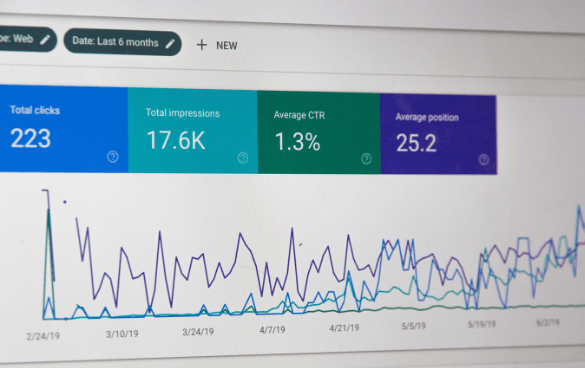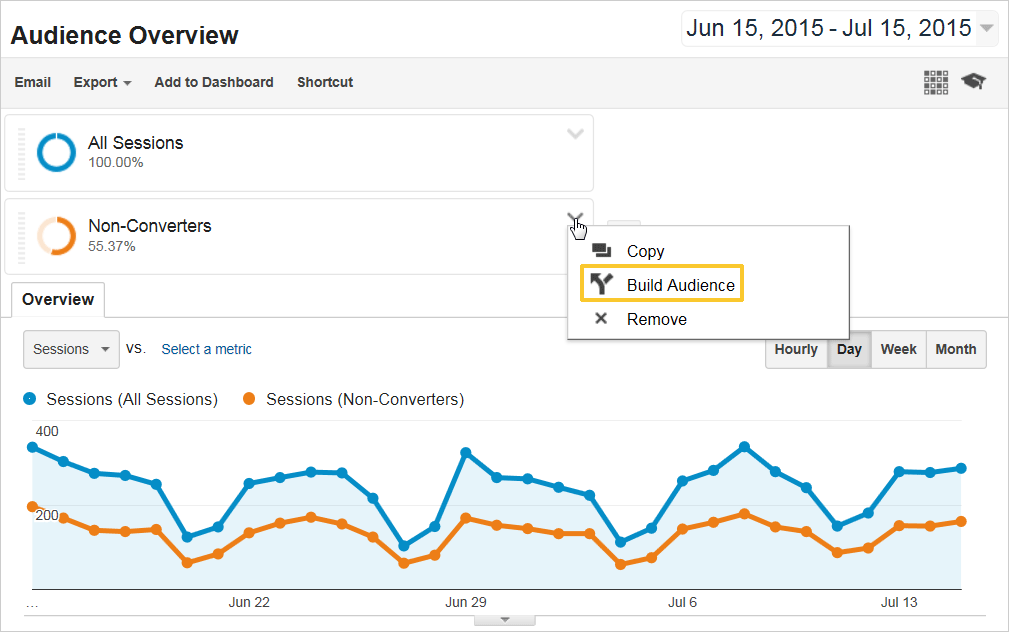Understanding the Power of Remarketing In Google Analytics
Taking Advantage Of Remarketing in Google Analytics: A Comprehensive Overview
Utilizing remarketing in Google Analytics provides companies a tactical edge in reaching out to potential customers. This overview will certainly drop light on the vital steps included in utilizing the complete possibility of remarketing in Google Analytics, leading to enhanced marketing end results.
Comprehending Remarketing in Google Analytics
Remarketing in Google Analytics allows services to tactically target individuals that have formerly connected with their web site or mobile application. By leveraging data from Google Analytics, businesses can develop personalized remarketing lists based upon individual habits, such as web pages checked out, actions taken, or details goals achieved. This effective tool makes it possible for organizations to re-engage with individuals that have revealed rate of interest in their services or products, inevitably enhancing the likelihood of conversion.
Recognizing the different kinds of remarketing strategies is crucial for a successful project - What Is “Remarketing” In Google Analytics?. Google Analytics supplies numerous options, consisting of common remarketing, dynamic remarketing, and remarketing listings for search ads (RLSA) Each type offers a distinct objective and can be tailored to fulfill specific advertising objectives
Additionally, assessing the efficiency of remarketing projects is important for enhancing outcomes. Google Analytics offers important understandings into the performance of different remarketing techniques, enabling services to make data-driven choices and improve their targeting approach. By continuously checking and readjusting remarketing efforts based upon analytics information, businesses can make best use of ROI and drive success in their advertising and marketing efforts.
Establishing Up Remarketing Projects

After establishing target market listings, the next action is to link Google Analytics with Google Ads. By connecting these 2 systems, businesses can seamlessly move audience listings from Google Analytics to Google Ads for remarketing objectives. This combination enables even more accurate targeting and better project performance.
As soon as the accounts are connected, businesses can develop remarketing campaigns in Google Advertisements utilizing the target market notes previously specified in Google Analytics. These projects can be tailored with specific ad creatives, messaging, and bidding process approaches to efficiently re-engage with previous site visitors and drive conversions. By complying with these steps, businesses can take advantage of the power of remarketing to enhance their advertising and marketing initiatives and increase ROI.
Using Target Market Division Techniques

Predefined sectors in Google Analytics allow you to promptly assess typical audience categories fresh individuals, returning customers, or users that completed a specific goal on your website. Custom sectors, on the various other hand, allow you to produce distinct sectors based on specific requirements that are essential to your business goals. Dynamic remarketing checklists automatically adjust based on customer actions, revealing personalized ads to users who have actually engaged with your site specifically methods.
Studying Remarketing Performance Metrics
Upon assessing the performance of remarketing projects in Google Analytics, the evaluation of crucial performance metrics provides important insights right into audience interaction and click for more conversion rates. By diving right into metrics such as click-through rates (CTR), conversion rates, expense per procurement (CPA), and return on advertisement spend (ROAS), marketing professionals can determine the success of their remarketing efforts. Assessing these metrics enables marketing professionals to maximize projects, refine audience targeting, and designate budget plans efficiently to enhance general remarketing performance.
Enhancing Remarketing Methods
When refining remarketing strategies in Google Analytics, focusing on audience division is extremely important for achieving project success. By dividing your audience right into details sectors based upon their habits, demographics, or interests, you can tailor your advertisements more successfully to every group. This targeted method boosts the possibility of engaging customers that have actually currently shown passion in your services or items, leading to greater conversion rates.
Another critical element of optimizing remarketing strategies is constantly testing and refining your projects (What Is “Remarketing” In Google Analytics?). A/B screening various ad creatives, messaging, or deals can aid you determine what reverberates ideal with your audience and drives the most conversions. By assessing the efficiency of get redirected here these tests in Google Analytics, you can make data-driven choices to enhance your remarketing initiatives better
In addition, leveraging dynamic remarketing can substantially boost your project results. This function allows you to show personalized ads to individuals based on their previous interactions with your internet site, showcasing product and services they have previously watched. By delivering tailored web content to individuals based upon their passions and habits, dynamic remarketing can help enhance engagement and drive conversions.
Verdict
To conclude, harnessing remarketing in Google Analytics is a strategic approach to target customers who have actually formerly involved with a site. By producing tailored target market lists and using target market segmentation approaches, services can enhance remarketing advocate increased conversion rates. Examining efficiency metrics and continually enhancing strategies are important for making best use of the performance of remarketing efforts.
Google Analytics offers different options, consisting of basic remarketing, vibrant remarketing, and remarketing lists for search advertisements (RLSA)After setting up audience listings, the following step is to link Google Analytics with Google Ads. By linking these two systems, businesses can flawlessly transfer target market lists from Google Analytics to Google Ads for remarketing purposes.Once the accounts are connected, organizations can produce remarketing campaigns in Google Advertisements making use of the audience lists previously defined in Google Analytics.When refining remarketing techniques in Google Analytics, concentrating on target market segmentation is paramount for achieving campaign success.